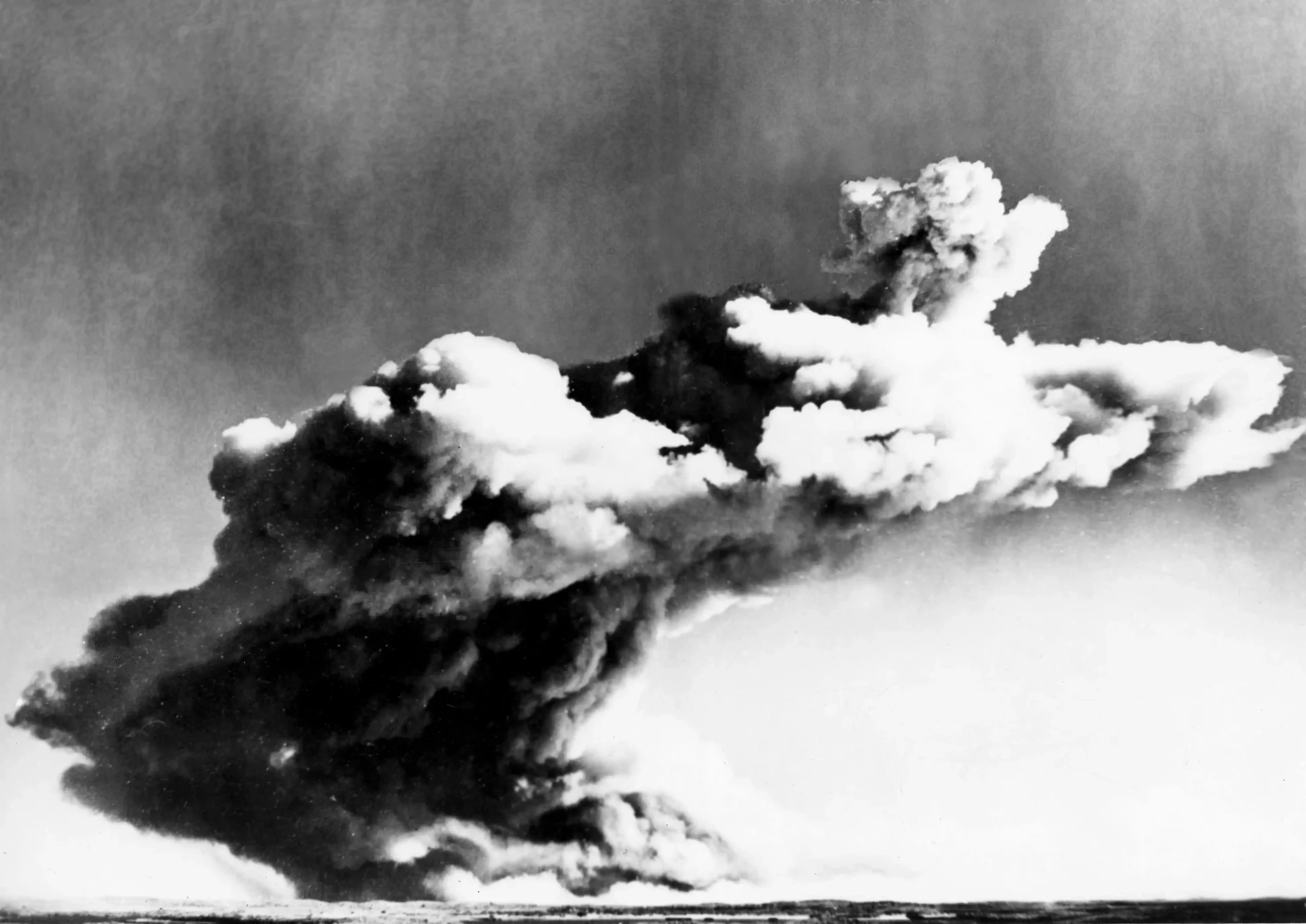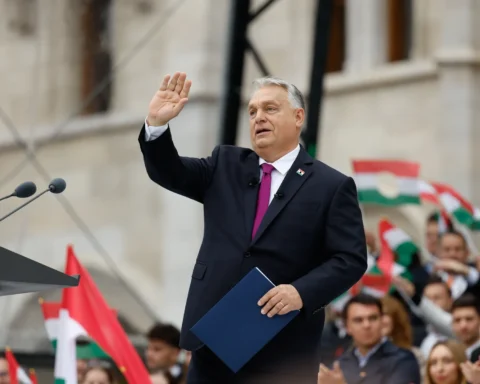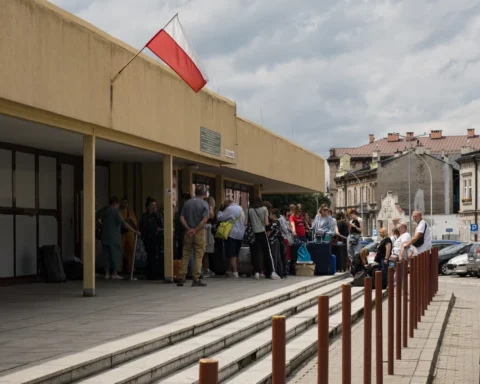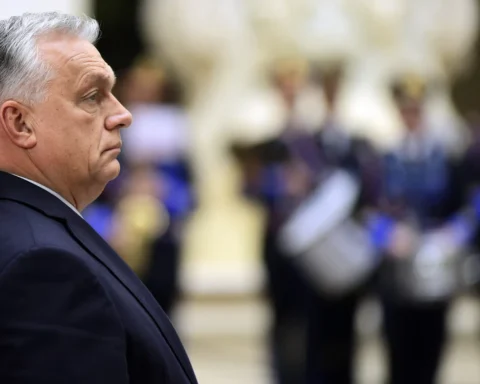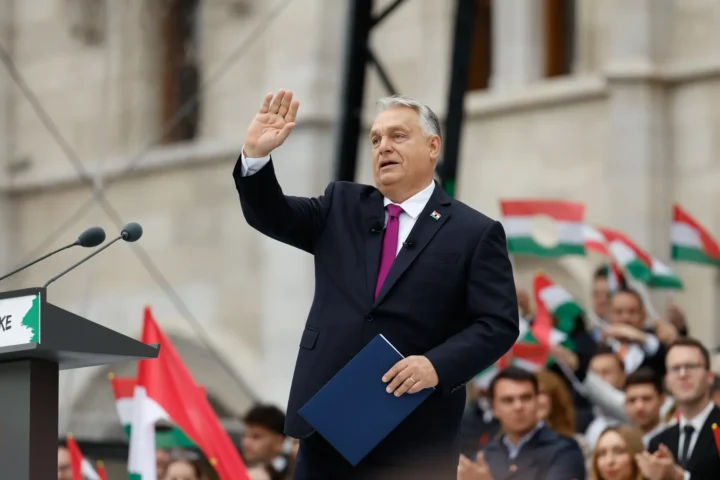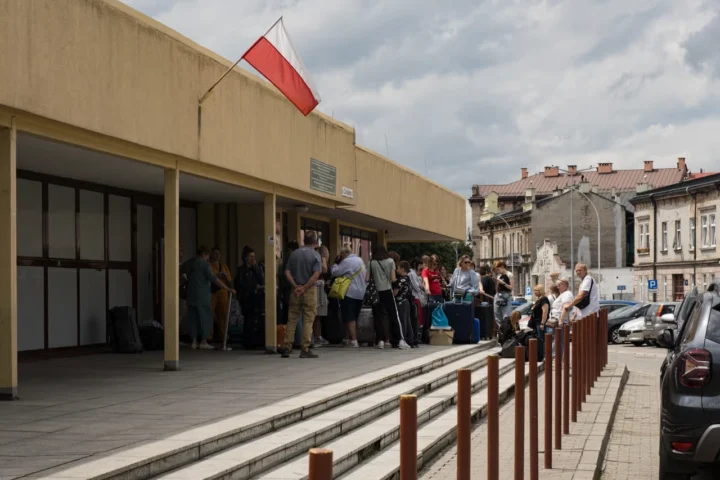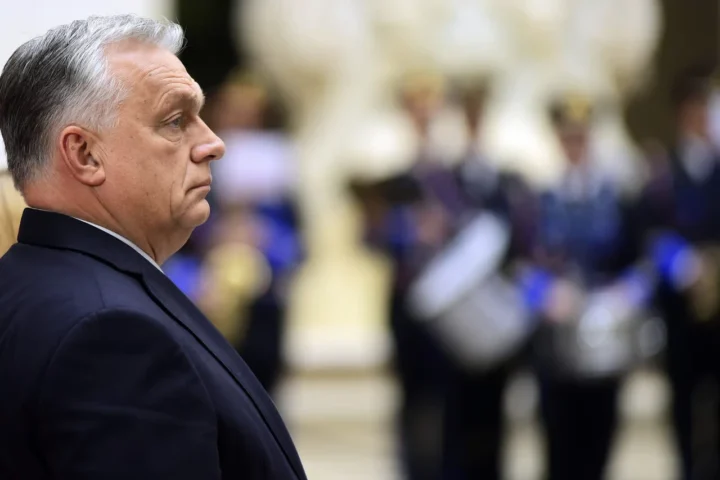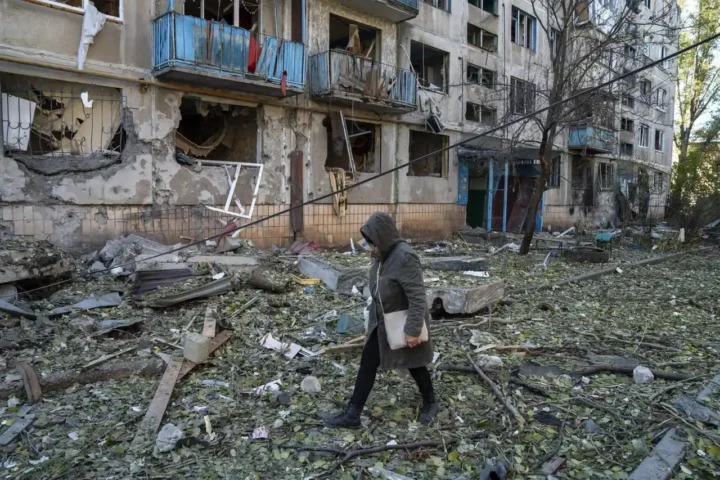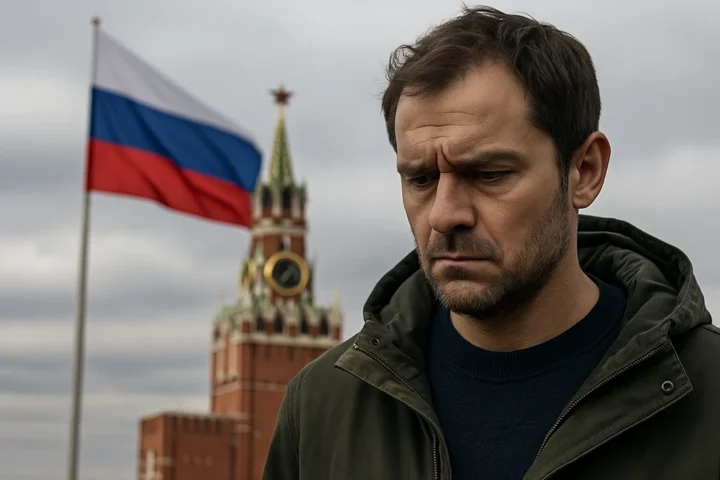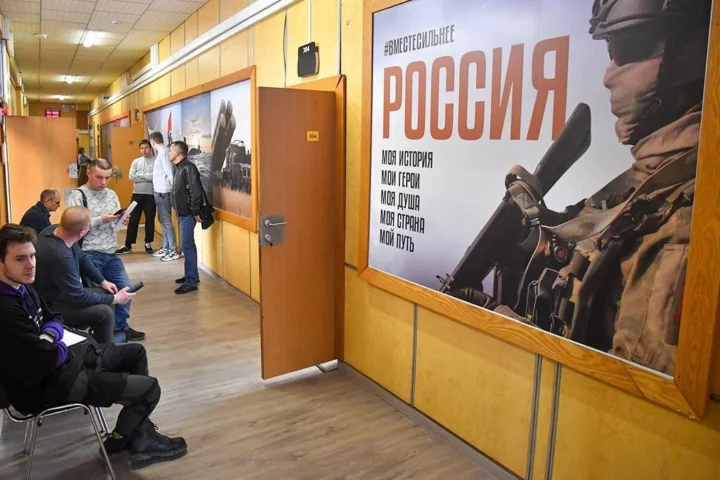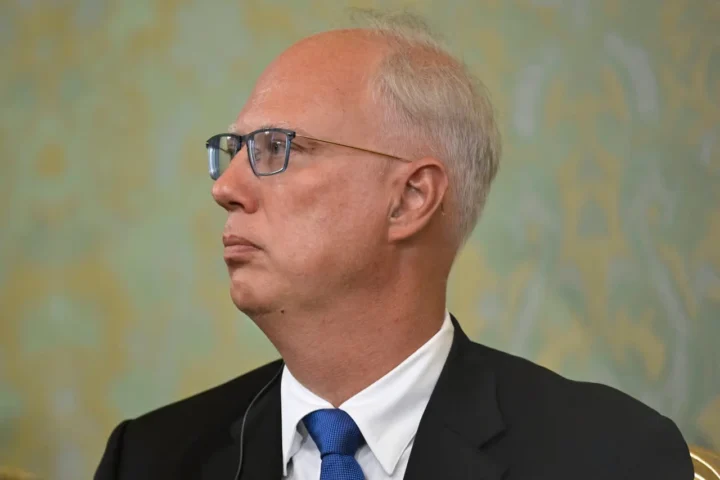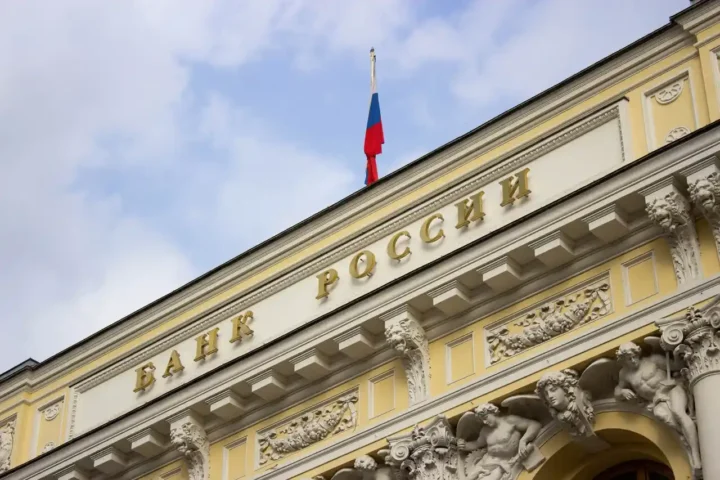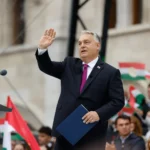Over the past several years, Russian society has undergone a gradual transformation in its perception of fear and uncertainty. While anxiety levels remain elevated, data suggests a growing adaptation to the ongoing instability surrounding the country’s political and economic landscape.
Shifting Sources of Anxiety
According to the Public Opinion Foundation (FOM), concerns about personal and family health continue to be the most prominent sources of anxiety. A significant 43% of Russians cite the health of loved ones as their primary worry, while 35% express concern over their own well-being. However, one of the most striking shifts in public sentiment is the doubling of fear related to terrorist attacks since January 2022, now standing at 17%. Notably, this concern has remained steady over the past three years.
These fears are not unprecedented. The current patterns of anxiety closely mirror those observed in the early years of Vladimir Putin’s presidency, when the government leveraged public demand for stability to justify an expansion of security measures.
Fears of War, Conflict, and Economic Hardship
Public anxiety over geopolitical threats remains high. The prospect of an attack by foreign countries is the most pressing concern, cited by 37% of respondents. This is followed by fears of interethnic conflict (28%) and the rising cost of living (28%). The latter is directly linked to inflation, while concerns over interethnic tensions have been exacerbated by migration patterns and external political factors.
Interestingly, fears of nuclear war have declined. In February 2023, half of Russians surveyed expressed concerns about a potential nuclear conflict. By early 2025, that number had dropped to 37%. Sociologists attribute this shift to changes in media coverage, with the topic receiving less attention in public discourse.
Five Waves of Anxiety
Since 2020, Russian society has experienced five major spikes in anxiety:
- Spring 2020: At the height of the COVID-19 pandemic, anxiety levels surged to 75–80%, the highest recorded in recent years.
- February–March 2022: The start of Russia’s military campaign in Ukraine triggered another sharp increase in public unease.
- September–October 2022: The government’s announcement of partial mobilization led to a similar level of distress.
- June 2023: Yevgeny Prigozhin’s armed mutiny against the Kremlin caused a brief but intense period of national anxiety, with levels reaching 60–70%.
- August 2024: An attempted incursion by Ukrainian forces into Russia’s Kursk region reignited fears, again pushing anxiety to 60–70%.
Today, overall anxiety levels have moderated, with 44% of Russians reporting a general sense of unease. However, sociologists caution that national averages do not tell the full story. In regions closer to the front lines and in economically struggling areas, anxiety remains significantly higher than in major cities, particularly Moscow.
Living With Uncertainty
Over time, Russian society has demonstrated an increasing ability to adapt to uncertainty. Sociologists compare today’s climate to the late 1980s, when the country was transitioning from Soviet rule. Much like then, fears ebb and flow, creating a “wave-like” anxiety that reflects a society in flux.
Public interest in the ongoing military operation has also waned. Fewer Russians actively follow war updates, and many now perceive the conflict as background noise. Researchers point to a phenomenon of “fatigue”—a saturation of fear-inducing news that has led to a dulling of public concern.
At its core, Russian society appears to be striving for a return to normalcy, hoping to avoid further upheaval. Yet in the absence of clear alternatives, uncertainty has become the new normal. For the Kremlin, this evolving sentiment may offer an opportunity: a population seeking stability may be more willing to accept a controlled and managed resolution to the conflict.


